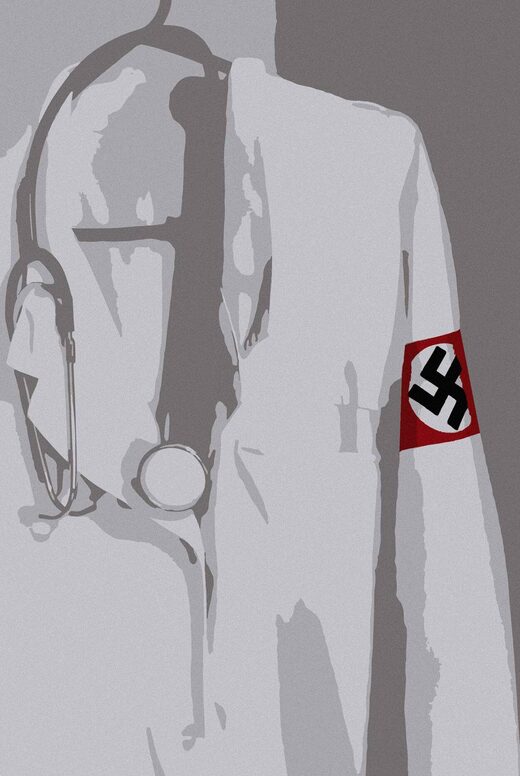
© Tablet Magazine
This essay is written from the point of view of a physician, medical educator, and bioethicist who sees the deplorable fact of physician involvement in the Shoah as an opportunity to highlight enduring moral lessons for the medical professions. Medicine and law are intimately connected to one another, and, since the professionalization of medicine in the United States and Europe in the latter half of the 19th century, even more so. One discipline that connects both is moral philosophy; for both law and medicine involve reason and the will, directed toward the good of the person. Thus, the story of the Holocaust is a tragedy that unfolded because of the corruption of
moral philosophy first, and medicine and law second.
Why is this important? The reason is that there are those who argue
against the contemporary application of lessons learned from the horrors of Nazi medicine. Some say that "Nazi medicine" was not real medicine or science: We cannot even call what the Nazis did "medicine," since medicine contains
within it an assumption of rigor and beneficence. This is an objection I hear from medical scientists, who point to safeguards such as the Nuremberg Code (1947), the Declaration of Helsinki (1964), and the Belmont Report (1978) as proof of the radically different nature of science today. But this argument is circular. It defines science as "good science," (relegating anything unethical to "bad science" or "pseudoscience") when in fact these very safeguards were born out of abuses from what was then the most scientifically advanced country in the world. Medicine then, as now, is not somehow immune from this abuse, as the horrific postwar abuses at Tuskegee and elsewhere make clear.
Other scholars have suggested that the real cause of the Holocaust was an economic, political, or racial one — not a moral one — and that, since the United States has a radically different political, economic, and cultural system, the use of the "Nazi analogy" should be restricted. Medical abuses today are somehow less likely because economic, political, and cultural considerations are highly specific. One prominent bioethicist, for example, noted:
A key component of Nazi thought was to rid Germany ... of those deemed economic drains on the state ... a fear rooted in the bitter economic experience after the First World War. ... [These themes] have little to do with contemporary debates about science, medicine, or technology.
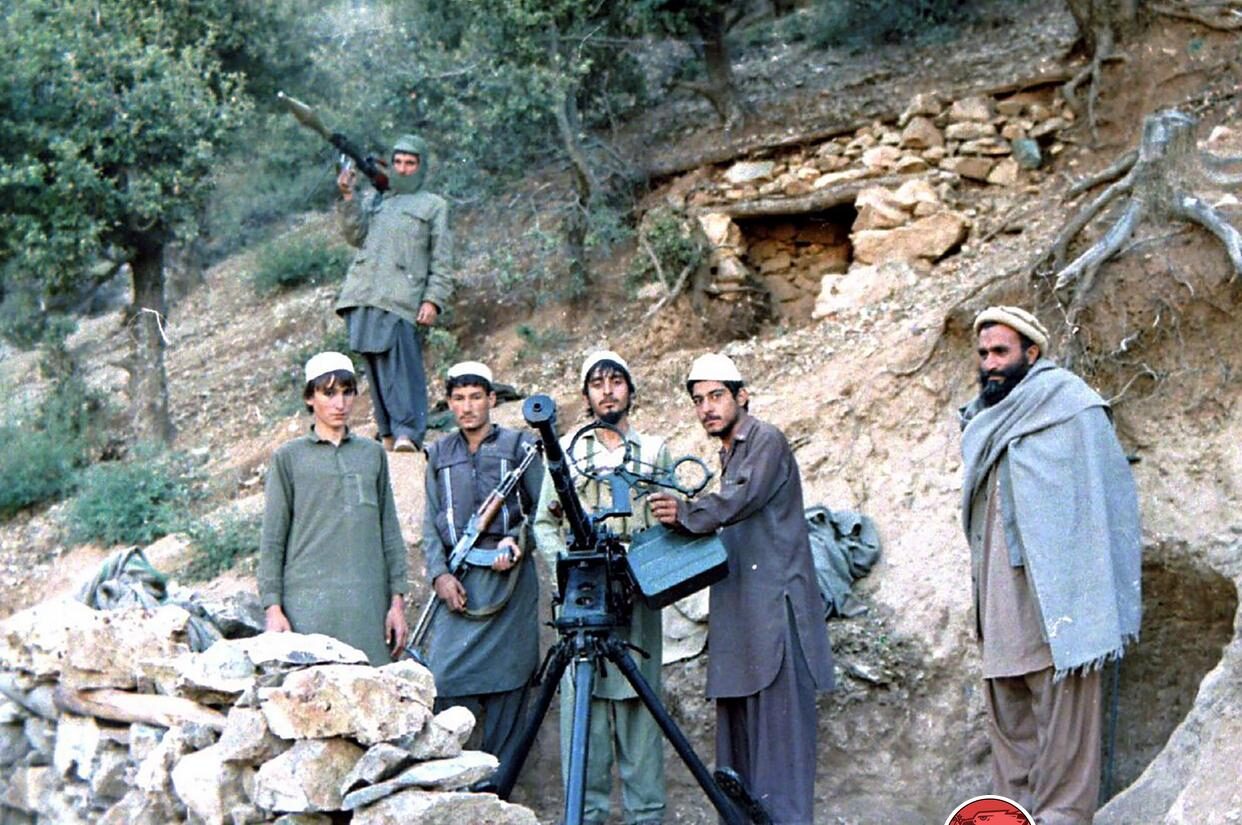
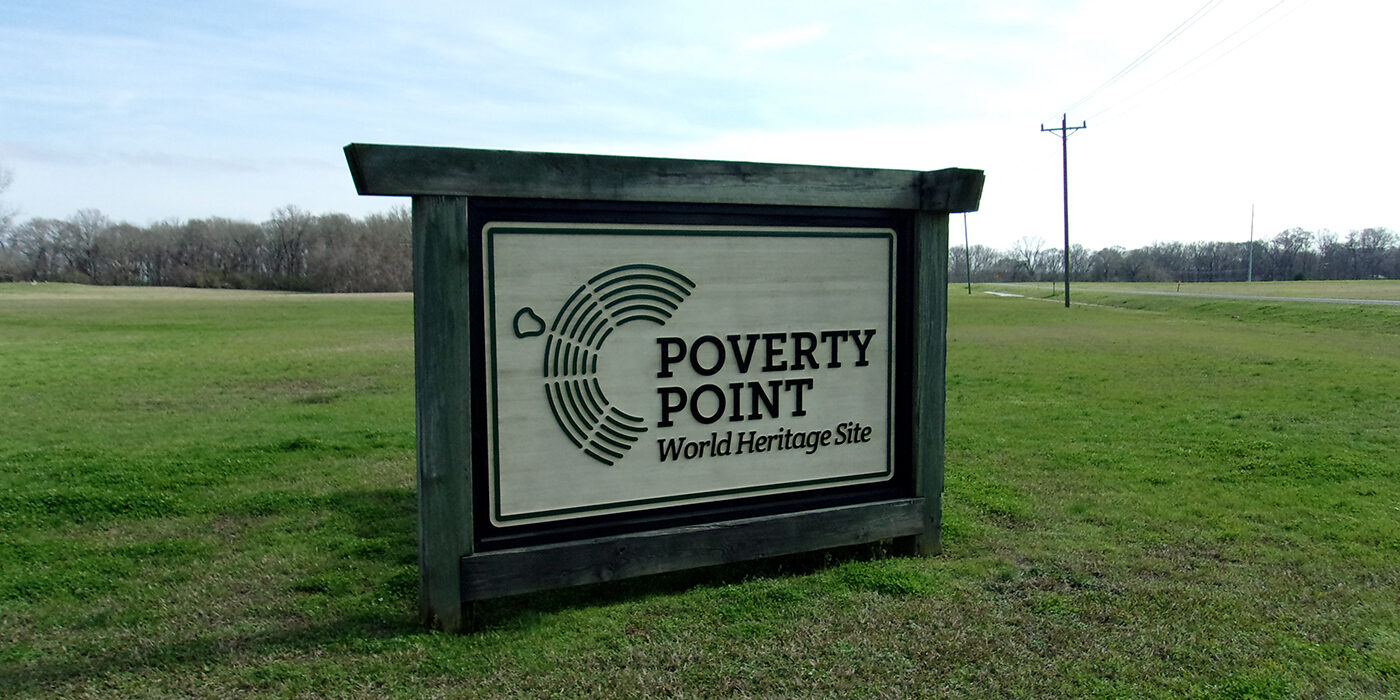
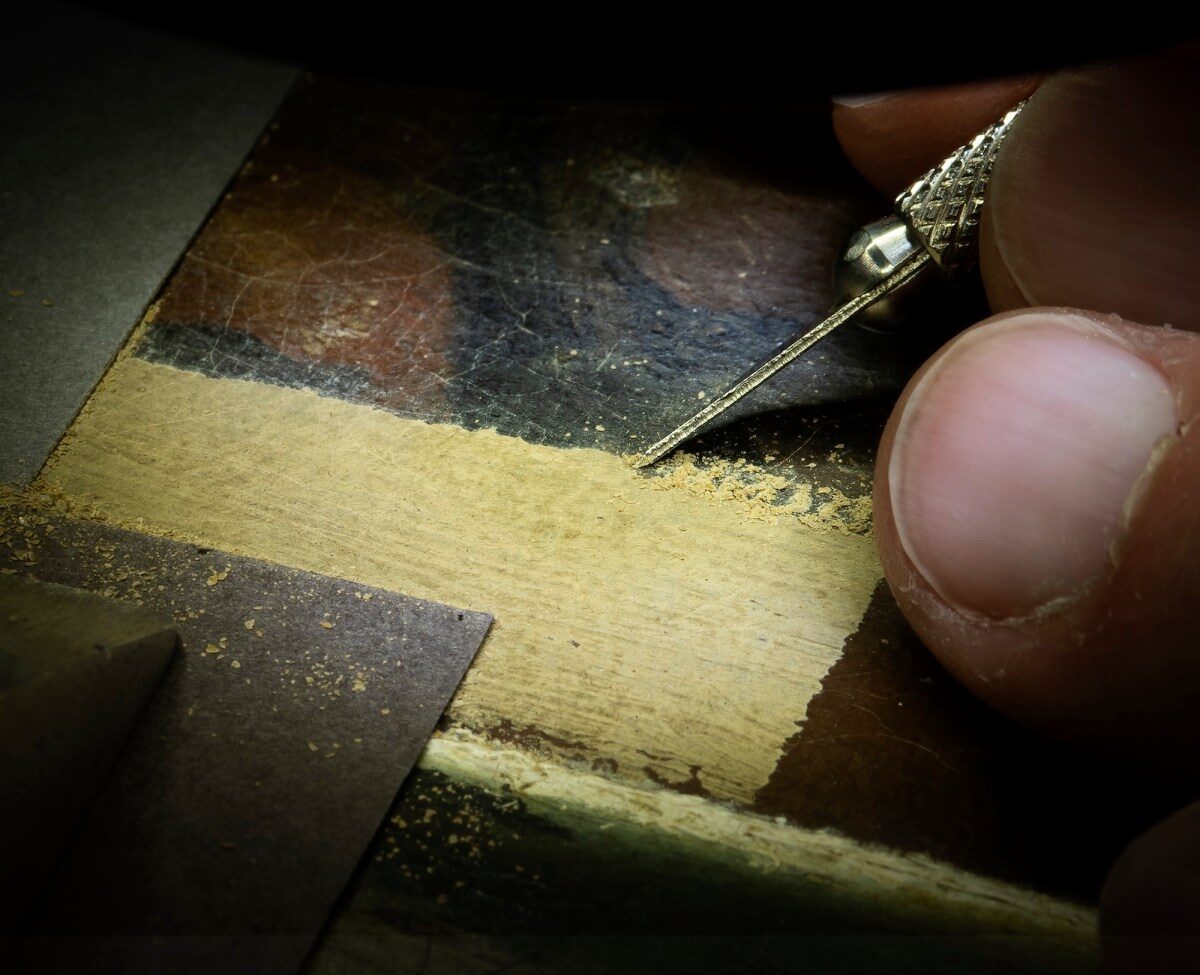
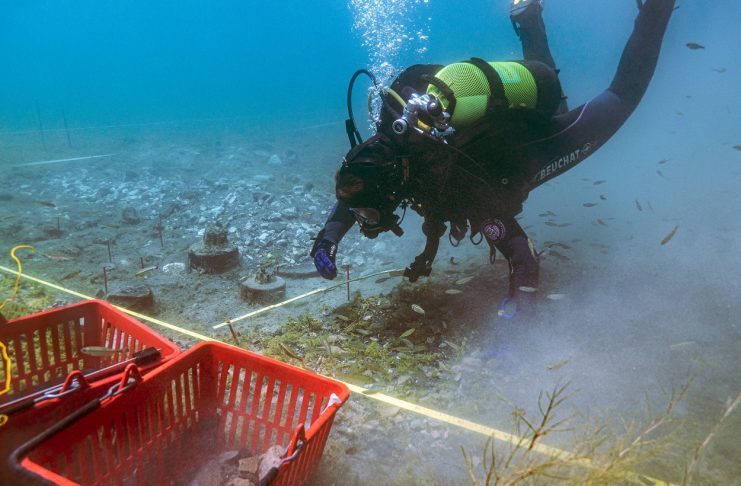
Comment: See also:
- Volcanoes, Earthquakes And The 3,600 Year Comet Cycle
- Is key to indecipherable Pictish stones to be found in ancient Tibetan symbols?
- Recurring, natural climate change: 9th century Viking runestone records fears of '3-year-long winter'
- Being Anglo-Saxon was a matter of language and culture, not genetics
- Prittlewell: Stunning artefacts discovered in Anglo-Saxon nobleman's burial chamber in Southend-on-Sea, England
- The destruction of ancient Rome - The barbarians were not responsible
For further insight into what may have been occurring on our planet, and what may have prompted their burial, check out SOTT radio's: Behind the Headlines: Who was Jesus? Examining the evidence that Christ may in fact have been Caesar!